Chart Exchangers: Navigating The Complicated World Of Information Visualization Interoperability
Chart Exchangers: Navigating the Complicated World of Information Visualization Interoperability
Associated Articles: Chart Exchangers: Navigating the Complicated World of Information Visualization Interoperability
Introduction
With enthusiasm, let’s navigate by the intriguing subject associated to Chart Exchangers: Navigating the Complicated World of Information Visualization Interoperability. Let’s weave fascinating data and provide contemporary views to the readers.
Desk of Content material
Chart Exchangers: Navigating the Complicated World of Information Visualization Interoperability
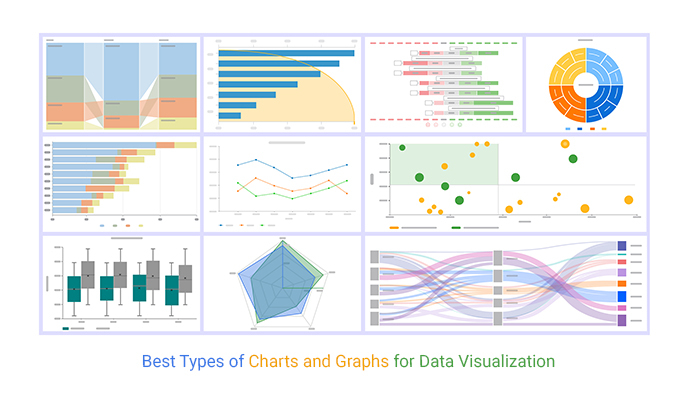
The trendy knowledge panorama is a vibrant tapestry woven from numerous knowledge sources and functions. Analyzing this knowledge successfully requires seamless integration and interoperability between varied instruments and platforms. Whereas many instruments excel at knowledge evaluation and visualization, their potential to speak with one another typically lags behind. That is the place chart exchangers come into play. Chart exchangers, of their broadest sense, are programs or processes designed to facilitate the switch and conversion of chart knowledge and metadata between completely different visualization software program packages and codecs. They bridge the hole between disparate programs, enabling customers to share, reuse, and analyze visualizations with out the restrictions imposed by proprietary codecs and incompatible interfaces. This text delves into the intricacies of chart exchangers, exploring their performance, functions, challenges, and future instructions.
Understanding the Want for Chart Exchangers
The proliferation of information visualization instruments has led to a fragmented ecosystem. Every instrument boasts distinctive strengths, catering to particular analytical wants and consumer preferences. Nonetheless, this range typically interprets into incompatibility. A chart created in Tableau, as an illustration, can’t be instantly opened and manipulated in Energy BI with out important effort. This lack of interoperability presents a number of important hurdles:
- Information Silos: Completely different departments or groups would possibly use distinct visualization instruments, resulting in remoted knowledge evaluation efforts and hindering collaboration.
- Redundant Work: The lack to reuse current visualizations necessitates recreating charts from scratch, losing time and sources.
- Inconsistent Evaluation: Completely different instruments would possibly interpret and show knowledge in a different way, resulting in inconsistent analyses and probably flawed conclusions.
- Restricted Sharing and Collaboration: Sharing visualizations turns into cumbersome, requiring guide knowledge export and import or counting on static picture codecs that lack interactivity.
Chart exchangers deal with these challenges by enabling the switch of visualizations between completely different platforms, preserving as a lot of the unique chart’s construction, knowledge, and metadata as potential. This enables for seamless integration, enhanced collaboration, and extra environment friendly knowledge evaluation workflows.
Varieties and Performance of Chart Exchangers
Chart exchangers may be broadly categorized based mostly on their method and performance:
-
File Format Converters: These are the best type of chart exchangers, primarily specializing in changing chart information from one format (e.g., .twd for Tableau, .pbix for Energy BI) to a different. They usually contain parsing the supply file, extracting the underlying knowledge and metadata, after which reconstructing the chart within the goal format. Nonetheless, the constancy of the conversion can range considerably, and sophisticated chart parts is perhaps misplaced throughout the course of.
-
API-based Exchangers: Extra refined chart exchangers leverage APIs (Software Programming Interfaces) offered by visualization instruments. APIs enable programmatic entry to chart knowledge and metadata, enabling extra exact and managed knowledge switch. This method provides larger flexibility and accuracy in comparison with file format converters, because it permits for selective knowledge extraction and manipulation.
-
Cloud-based Platforms: A number of cloud-based platforms act as central repositories for visualizations, providing functionalities for importing, changing, and sharing charts throughout completely different instruments. These platforms typically incorporate superior options like model management, collaboration instruments, and entry management mechanisms.
-
Customized-built Options: Organizations with particular wants and huge volumes of information typically develop custom-built chart exchangers tailor-made to their distinctive necessities. These options would possibly incorporate refined knowledge transformation and validation processes to make sure knowledge integrity and consistency.
The performance of a chart exchanger extends past easy format conversion. Efficient chart exchangers also needs to deal with:
- Information Transformation: Changing knowledge varieties, dealing with lacking values, and making use of knowledge cleansing procedures throughout the trade course of.
- Metadata Preservation: Sustaining chart metadata, akin to axis labels, titles, legends, and knowledge sources, to make sure the integrity of the visualization.
- Model and Formatting: Preserving the visible type and formatting of the unique chart, together with colours, fonts, and structure.
- Interactive Parts: Sustaining interactive parts, akin to tooltips, filters, and drill-downs, each time potential.
Challenges and Limitations
Regardless of their potential advantages, chart exchangers face a number of challenges:
- Format Complexity: The interior construction and knowledge codecs of assorted visualization instruments may be extremely advanced and proprietary, making it troublesome to develop sturdy and common converters.
- Metadata Inconsistencies: Completely different instruments would possibly retailer metadata in numerous methods, making it difficult to precisely switch and interpret metadata throughout the trade course of.
- Visible Constancy: Completely replicating the visible look of a chart throughout completely different instruments is usually troublesome, because of variations in rendering engines and styling capabilities.
- Safety Issues: Exchanging delicate knowledge requires sturdy safety measures to guard in opposition to unauthorized entry and knowledge breaches.
- Scalability: Dealing with massive datasets and sophisticated visualizations can pose scalability challenges for some chart exchangers.
Future Instructions
The sector of chart exchangers is consistently evolving, with ongoing efforts to enhance their capabilities and deal with current limitations. Future developments are prone to embrace:
- Standardized Information Codecs: The adoption of standardized knowledge codecs for visualizations, akin to JSON or XML, might considerably simplify the trade course of and enhance interoperability.
- Improved API Assist: Enhanced API help from visualization instrument distributors will allow extra sturdy and feature-rich chart exchangers.
- AI-powered Conversion: The appliance of synthetic intelligence and machine studying might automate the conversion course of, bettering accuracy and effectivity.
- Semantic Interoperability: Shifting past easy knowledge trade to allow semantic understanding of chart parts, permitting for extra clever knowledge integration and evaluation.
- Cloud-based Collaboration Instruments: The combination of chart exchangers into cloud-based collaboration platforms will additional improve teamwork and knowledge sharing.
Conclusion
Chart exchangers are essential instruments for navigating the more and more advanced panorama of information visualization. They facilitate seamless integration between completely different instruments and platforms, enabling extra environment friendly knowledge evaluation, enhanced collaboration, and improved decision-making. Whereas challenges stay when it comes to format complexity, metadata inconsistencies, and visible constancy, ongoing developments in standardization, API help, and AI-powered options are paving the way in which for extra sturdy and versatile chart exchangers. Because the demand for interoperability continues to develop, chart exchangers will play an more and more very important position in unlocking the total potential of information visualization throughout numerous organizations and functions. The way forward for knowledge visualization hinges on the flexibility to seamlessly share and combine insights, and chart exchangers are on the forefront of this important evolution.


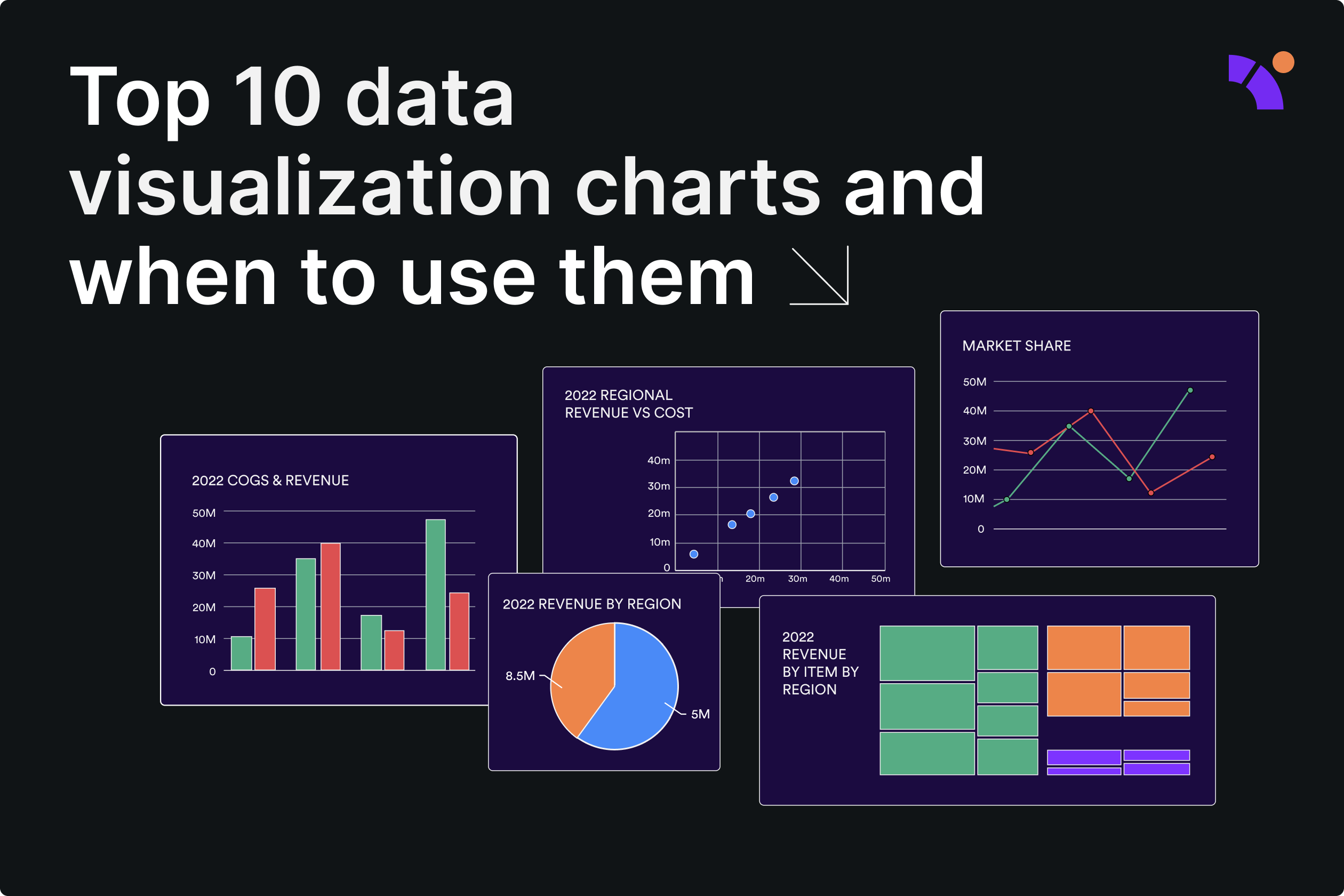

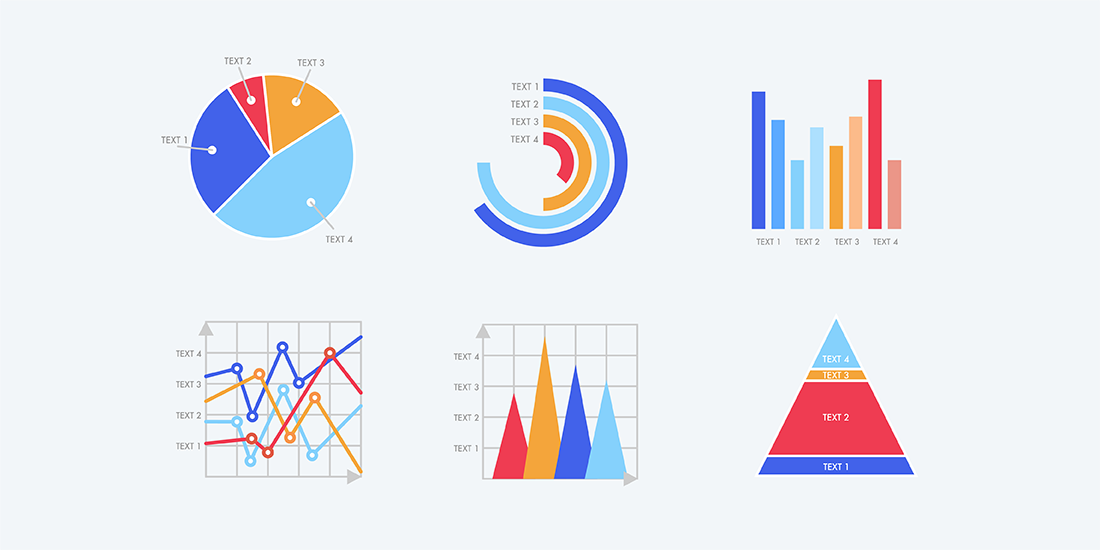

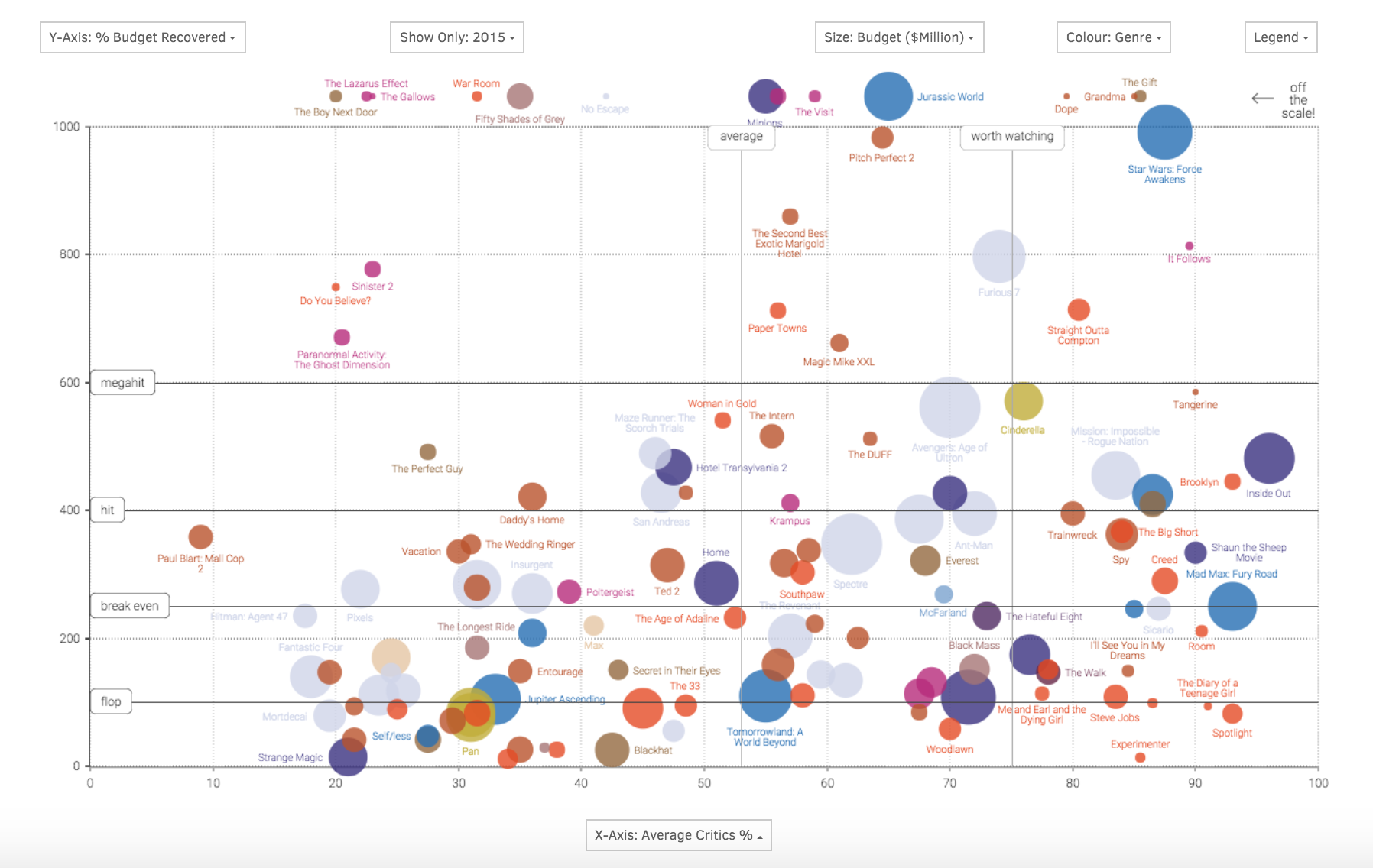
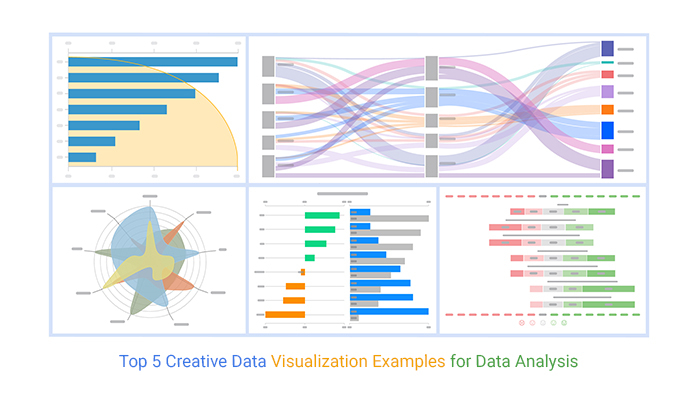
Closure
Thus, we hope this text has offered priceless insights into Chart Exchangers: Navigating the Complicated World of Information Visualization Interoperability. We hope you discover this text informative and helpful. See you in our subsequent article!